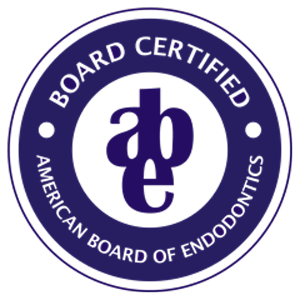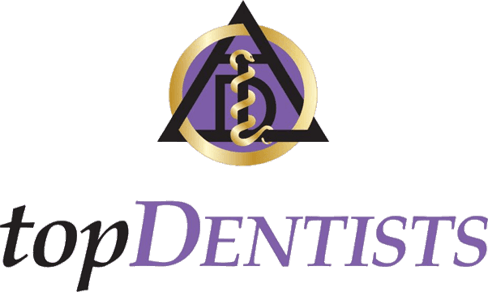What is endodontics?
Endodontists are dentists who specialize in maintaining teeth through endodontic therapy — procedures, involving the soft inner tissue of the teeth, called the pulp. More than 14 million teeth receive endodontic treatment each year. By choosing endodontic treament, you are choosing to keep your natural teeth as a healthy foundation for chewing and biting for years to come. While all endodontists are dentists, less than three percent of dentists are endodontists.
An endodontist has at least two years of additional education to become experts in performing root canal treatment and diagnosing and treating tooth pain. In many cases, a diseased tooth can be saved with endodontic treatment. For this reason, endodontists proudly refer to themselves as Specialists in Saving Teeth. You may choose to see an endodontist for tooth pain, or a dentist may refer you. We invite you to learn more about the procedures we provide at Columbia River Endodontics. We specialize in all forms of endodontic procedures including root canal therapy, endodontic retreatment, and endodontic surgery.
I’m worried about x-rays. Should I be?
No. While x-rays will be necessary during your endodontic treatment, we use an advanced non-film computerized system, called digital radiography, that produces radiation levels up to 90 percent lower than those of already low dose conventional dental x-ray machinery. These digital images can be optimized, archived, printed and sent to cotherapists via e-mail or CD-ROM. For more information contact Sirona Dental Systems, Inc.
What about infection?
Again, there’s no need for concern. We adhere to the most rigorous standards of infection control advocated by OSHA, the Centers for Disease Control and the American Dental Association. We utilize autoclave sterilization and barrier techniques to eliminate any risk of infection.
What happens after root canal treatment?
When your root canal therapy has been completed, a record of your treatment will be sent to your restorative dentist. You should contact his office for a follow-up restoration within a few weeks of completion at our office. Your restorative dentist will decide on what type of restoration is necessary to protect your tooth. It is rare for endodontic patients to experience complications after routine endodontic treatment or microsurgery. If a problem does occur, however, we are available at all times to respond.
What new technologies are being used?
Operating Microscopes:
In addition to digital radiography, we utilize special operating microscopes. Magnification and fiber optic illumination are helpful in aiding the doctor to see tiny details inside your tooth. Also, a tiny video camera on the operating microscope can record images of your tooth to further document the doctor’s findings.
CBCT Scans:
CBCT systems are used by dental professionals to capture and reconstruct a 3D image that is much more detailed and effective than a standard X-ray – with a lower dose of radiation. In less than a minute, about 150-200 images are captured from a variety of angles. The data captured are used to reconstruct a 3D image of your teeth, mouth, jaw, and neck.




